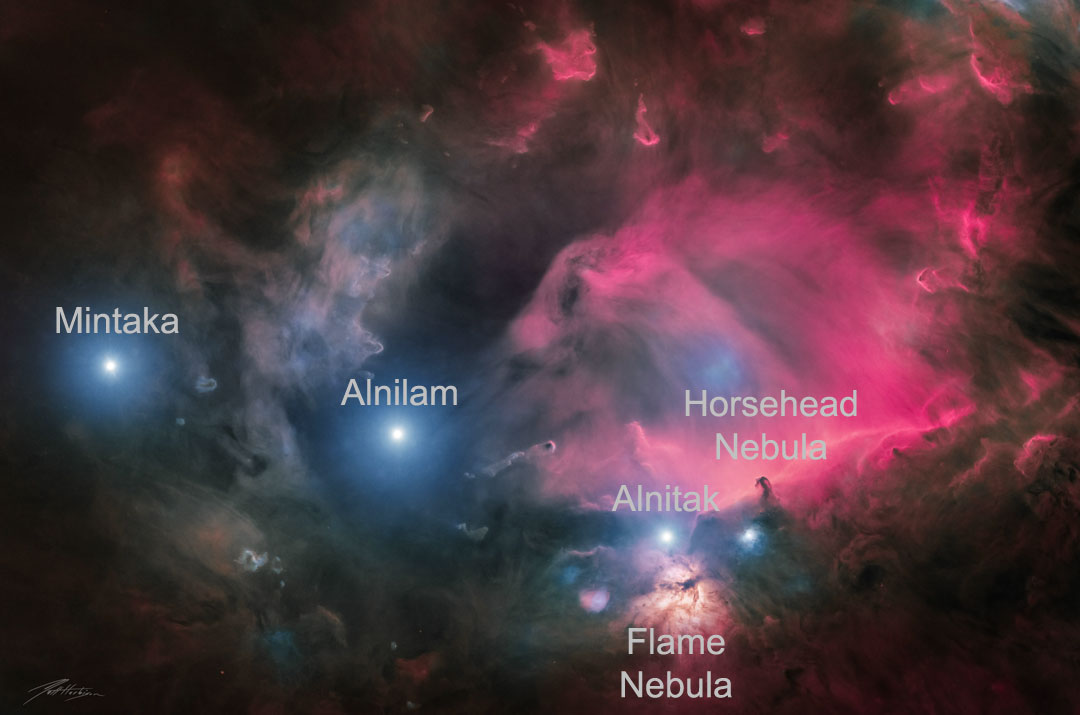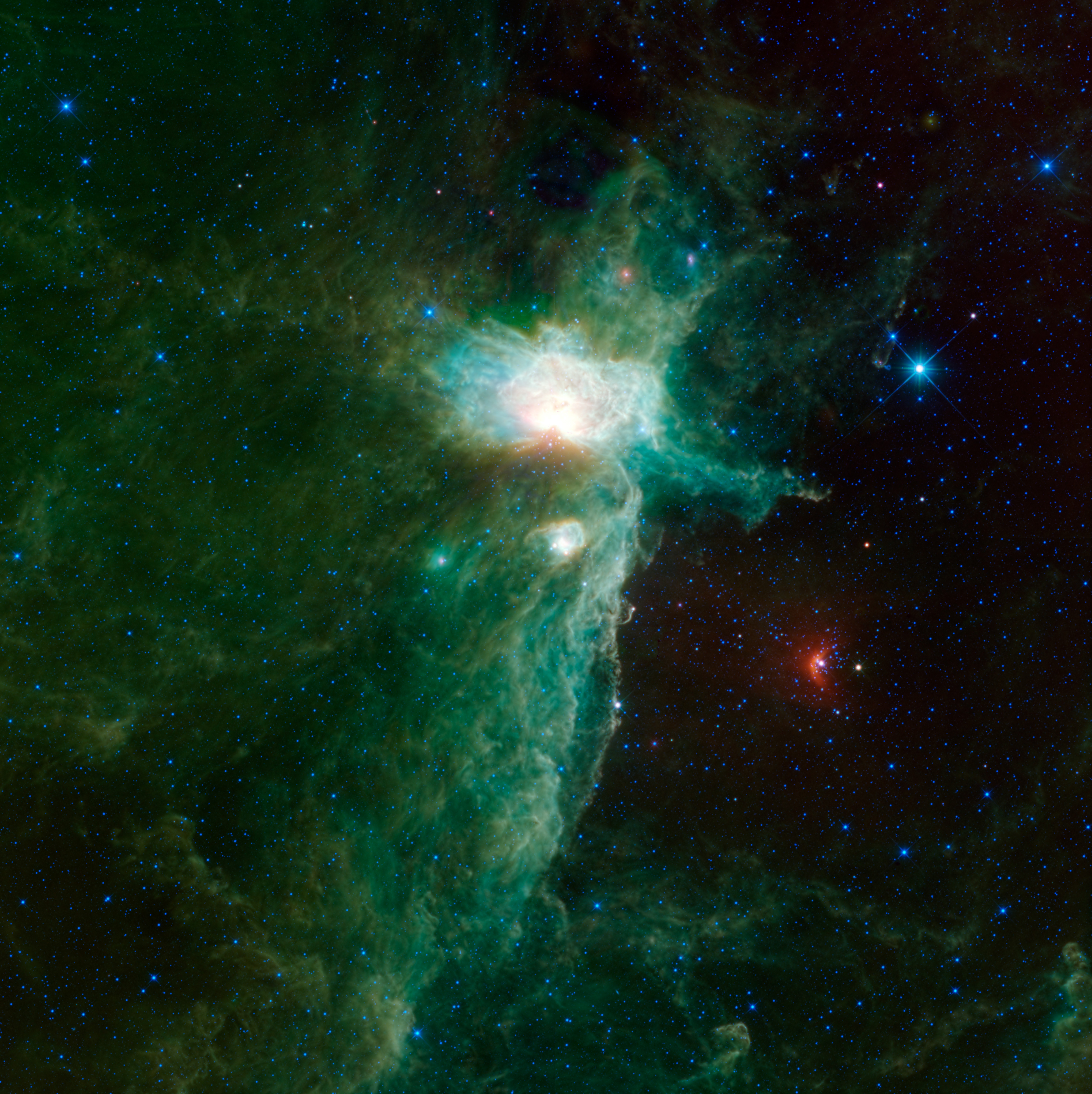johnnydeep wrote: ↑Tue Jan 11, 2022 9:57 pm
So, Matt Harbison, how is this digital removal of stars done? Naively, I would think you would be left with "holes" where the stars were, but that's clearly not the case. Your before and after pics above show that a lot of the dimmer cloudy areas have also been removed or lessened in favor of showing more darkness.
Hi Johnnydeep,
Good question. Pixinsight- the calibration and integration software I use for my data is a powerhouse of mathematical equations and algorithms. However, in the case of StarNet The creator has written code (open source) for amateur astronomers to run on their master images to [and this is where I’m going to explain it as I understand it] take measurements of the surrounding background and simply calculate and replace the “holes”. This is done with a neural network to measure and calculate the missing data with the data in the surrounding backgrounds measured data. As for the muted light clouds, the software does diminish the highlights per the authors admission.
As mentioned above, by removing the stars and thus diminishing our pattern/recognition system, it provides a different view of the nebula and dust present. I understand it will not be for everyone and I make no claims to it’s ability to reproduce the exact missing data behind the star, I simply decided to display it this way as I felt it revealed structure that I had not noticed with normal exposures. I think it’s safe to say in the space of a star, not much is going to be added. I’ll also mention the data that I used starnet with is the Hydrogen alpha data (collected in early December this year) a very narrow band of information in the red spectrum. The overall brightness of the image with stars is blown out as I stated, simply because I didn’t pull a master to post.
Feel free to take a look at the calibrated data on my websites’s “Happy Holidays” blog post. Pixinsight has a 45-day free trial period as well. While not the most user friendly software, I find it wonderfully prepared to keep data as true to nature as possible.
 Orion's Belt Region in Gas and Dust
Orion's Belt Region in Gas and Dust



